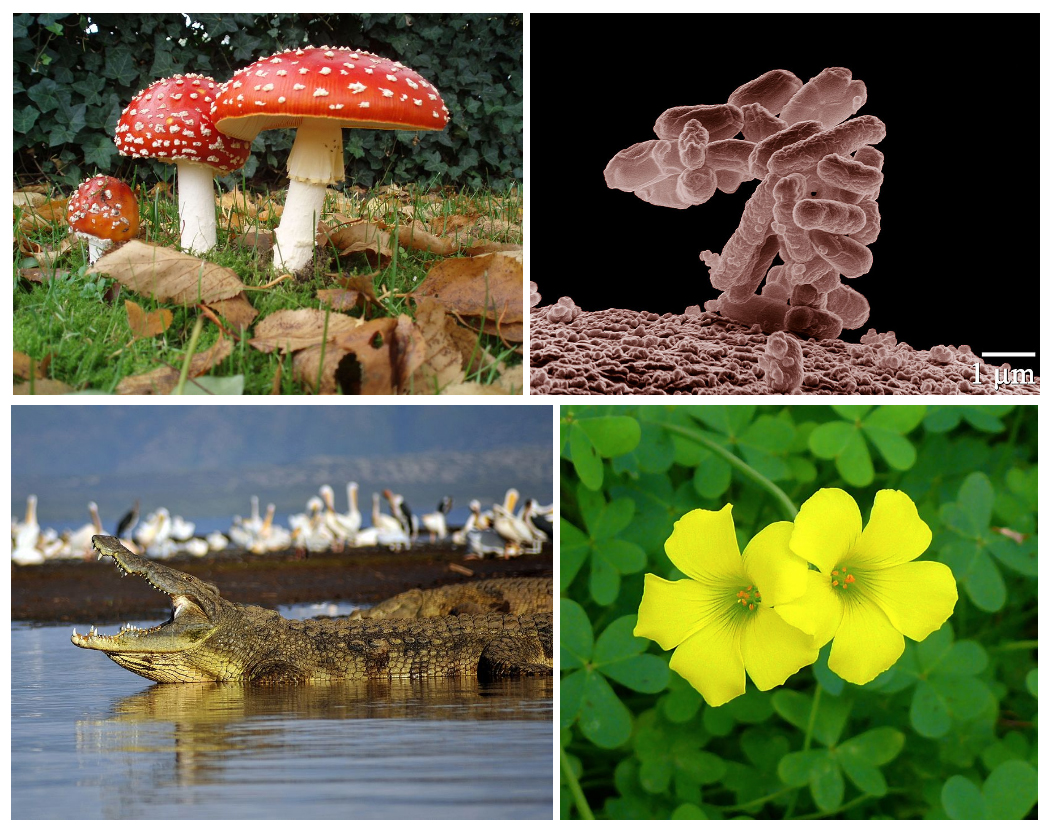Introduction to Python for Biologists.
- Why Python for Biology?
- Biological Data Types and Python
- Sequence Analysis - Part 1
- Sequence Analysis - Part 2
- Image Analysis - Part 1
- Image Analysis - Part 2
- Database Management and Python
- Statistical Analysis in Python
- Bioinformatics and Python
- Data Visualization in Python
- Machine Learning for Biology with Python
- Project Planning and Design
- Implementing a Biological Project with Python
Data Visualization in Python
Introduction to Data Visualization in Biology

Scientific study of living things, especially their structure, function, growth, evolution, and distribution.
Data visualization is a critical component in the field of biology. It allows scientists to visually represent complex data sets, making it easier to understand, interpret, and communicate the information. This unit provides an introduction to data visualization, its importance in biology, and the different types of data visualization techniques.
Importance of Data Visualization in Biology
In biology, data visualization is used to represent large and complex data sets in a way that is easy to understand and interpret. It helps in identifying patterns, trends, and correlations that might go unnoticed in text-based data.
For instance, a scatter plot can help visualize the relationship between two biological variables, such as the correlation between a gene's expression level and a particular phenotype. Similarly, a heat map can be used to represent gene expression data across different conditions or time points, providing a visual overview of the gene expression landscape.
Data visualization is not just about making data more understandable; it's also about communication. Good visualizations can effectively communicate the findings of a study to other scientists, stakeholders, and even the general public. They can be used in presentations, reports, and scientific publications to convey the results of biological research.
Types of Data Visualization Techniques
There are several types of data visualization techniques that can be used in biology, each suitable for a different type of data or research question:
-
Scatter Plots: These are used to visualize the relationship between two numerical variables. For example, they can be used to plot the expression levels of two genes to see if they are co-expressed.
-
Bar Charts: These are used to represent categorical data. For example, they can be used to show the number of individuals in different species in a biological community.
-
Histograms: These are used to visualize the distribution of a numerical variable. For example, they can be used to show the distribution of gene lengths in a genome.
-
Box Plots: These are used to represent statistical data, such as the median, quartiles, and outliers of a data set. For example, they can be used to show the variation in gene expression levels across different conditions.
-
Heat Maps: These are used to represent matrix data, where the color of each cell represents a numerical value. For example, they can be used to show gene expression data across different conditions or time points.
-
Network Diagrams: These are used to represent relationships between entities. For example, they can be used to show the interactions between proteins in a protein-protein interaction network.
In the next unit, we will delve into how Python libraries can be used to create these visualizations, making your biological data more accessible and understandable.